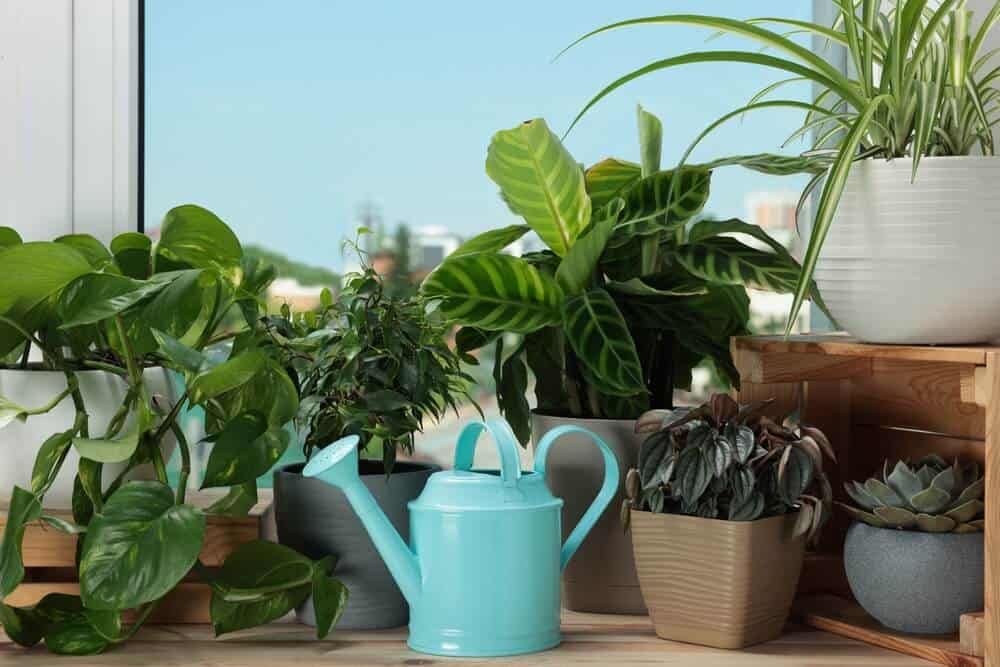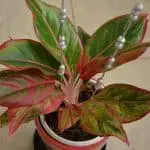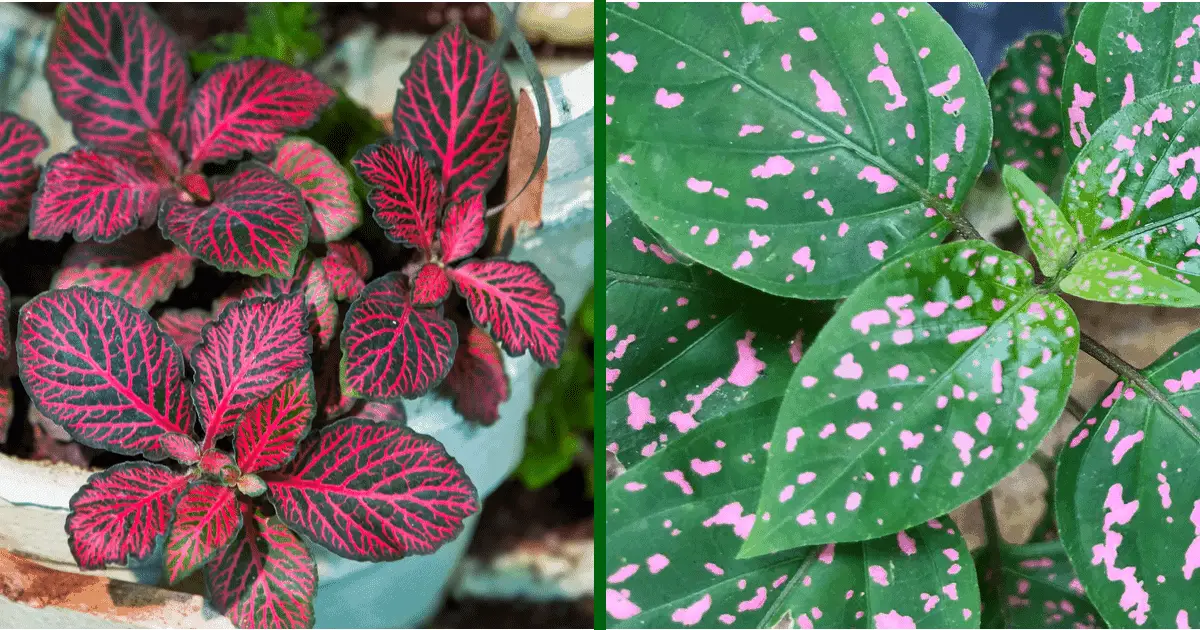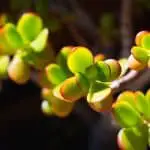Tired of sweeping dirt off your furniture and floors after your kids or pets have messed up (again!) with your plant pots? Ditch the pots and get some water vases.
Not only can you say goodbye to messes, but growing plants in water is so easy that you can do it even if you have a black – rather than green – thumb.
Wondering which plants to keep? Here’s a list of 21 amazing indoor plants that grow in water vases.
1. Heartleaf Philodendron
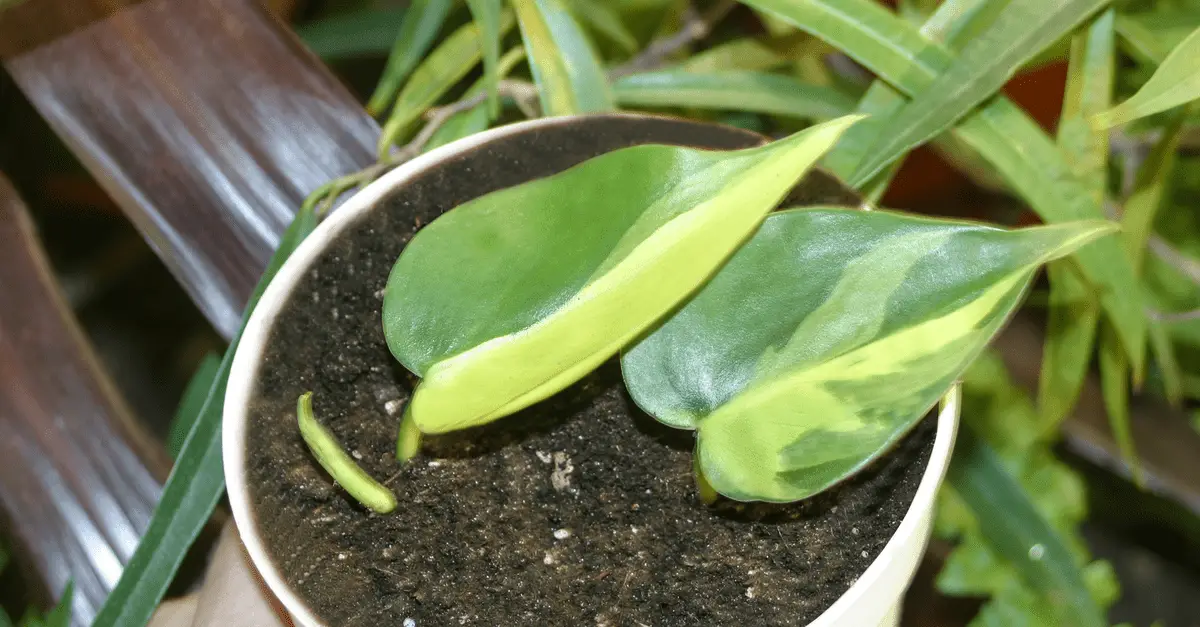
Also known as the sweetheart plant, heartleaf philodendron is one of the few indoor plants that can live in water permanently (alongside other philodendron species).
All you need is a healthy stem with a set of leaves on it. Keep it in a larger jar or spherical bottle. Philodendron roots require some space, or your plant may become root-bound.
Place the vase in a bright spot but away from direct sunlight. To keep your water-grown philodendron healthy, change the water twice a week and nourish it with liquid houseplant fertilizer once a month.
Top tip: Philodendrons don’t like chlorine. If you’re using tap water, fill a separate container with water and let it sit overnight to allow the chlorine to dissipate before changing your philodendron’s water.
2. Moses-in-the-Cradle
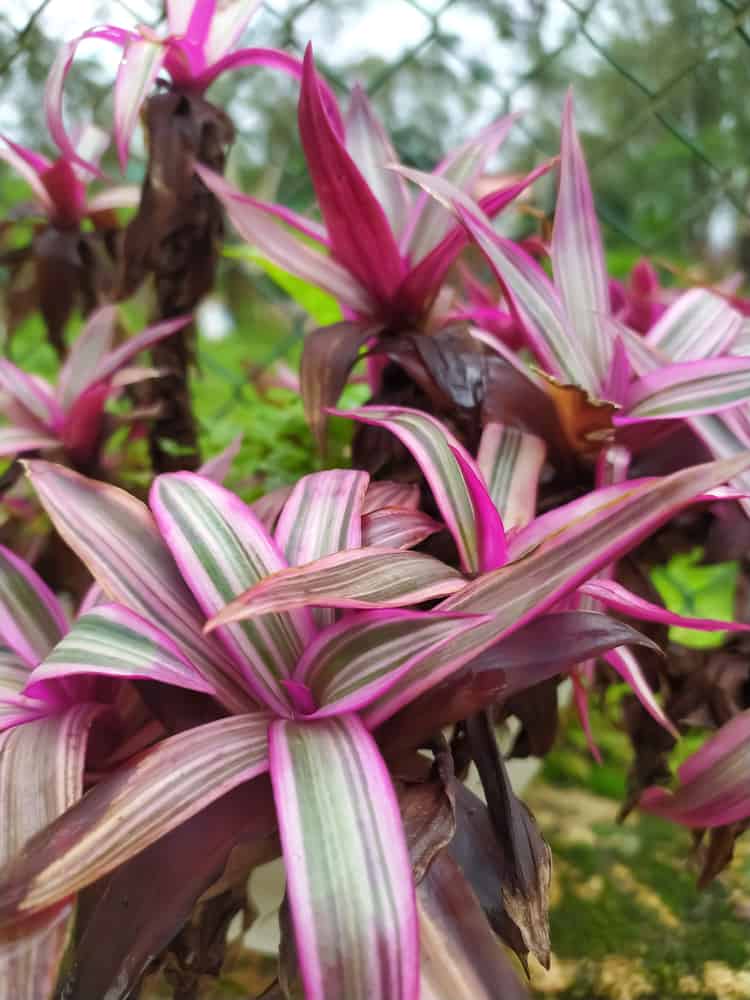
If you like green but would love a splash of color, Moses-in-the-cradle could be the perfect plant for your indoor water garden.
Known for its green and purple leaves, this delightful indoor plant is easy to care for and adds grace to most interiors.
Unlike philodendron, Moses-in-the-cradle will not grow in water permanently. Yet, the plant is easy to propagate in water from stems.
Put the cutting in a jar, vase, or even in a shallow dish and enjoy its beauty until it roots. Then, plant it in a pot with a starter mix or directly in the garden.
Top tip: If you’re averse to dirt, pot your Moses-in-the-cradle once it roots and give it to a friend. It makes for a unique gift that you have grown with your hands.
3. Wax plant
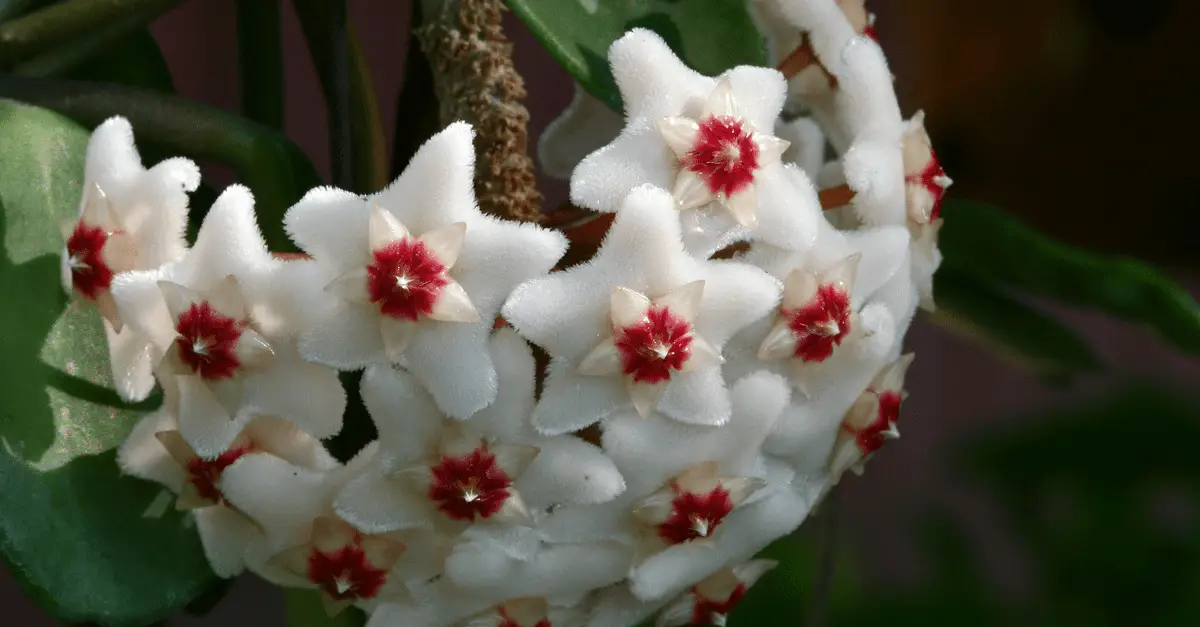
Hoya is one of the most unpretentious plants you can grow in a water vase. In nature, this opportunistic plant grows in the nooks and crannies of tree trunks.
Because of this, you can grow it in a bullet or cylinder bottle without worrying that it will become root-bound. In fact, root bounding may encourage flowering.
Hoya flowers look like small porcelain stars grouped in bunches. The hot pink-purplish center of the blooms contrasts with the white of the flowers and the bright green of the leaves, adding an elegant sophistication to the interior.
Like philodendron, the wax plant requires unchlorinated water. Keep it in a bright spot, away from direct sunlight. Just make sure the temperature is constant, between 70°F and 75°F.
Top tip: Hoya can thrive in a water vase even without fertilizer, as long as you keep the water clean. However, nourishing it with liquid fertilizer can increase the chances it blooms.
4. Chinese Evergreen
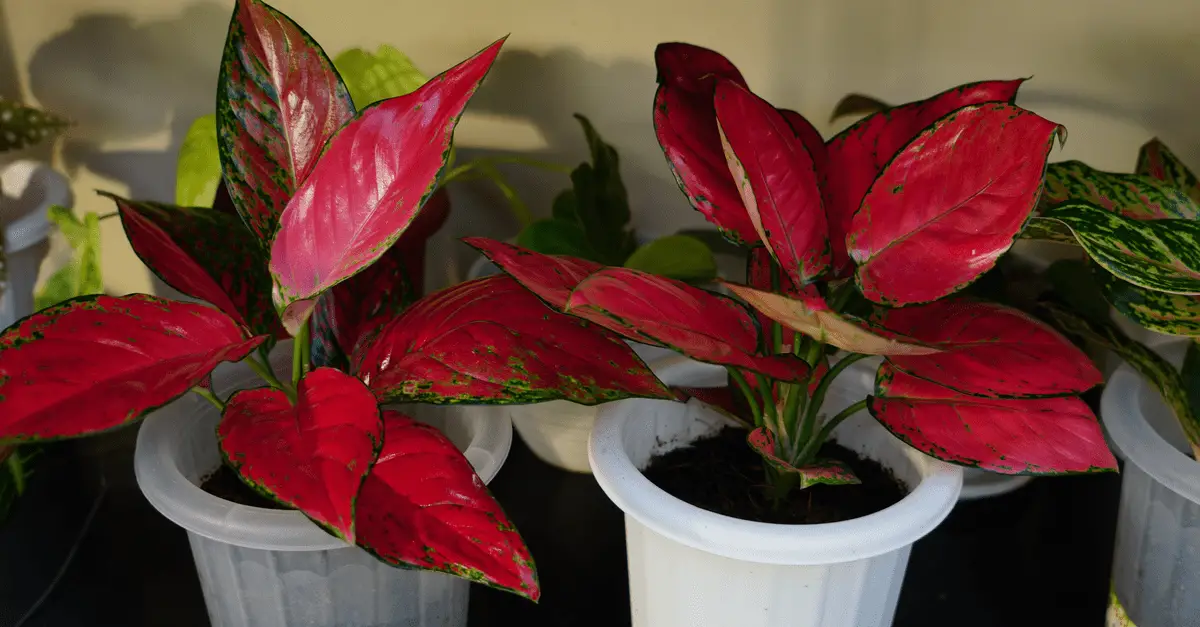
Are you craving bright colors and bold patterns? Chinese evergreen could be the perfect plant you can grow in water.
Similar to Moses-in-the-cradle, this plant usually lives in soil. However, you can keep it in a water vase indefinitely as long as you provide the nutrition it needs to continue growing.
This plant is extremely easy-going and suited for newbie plant moms. However, be extra-careful about placement, as it is toxic to both people and pets.
Top tip: Chinese evergreen is the perfect plant to keep in a suspended glass container. If you don’t want to hang it from the ceiling, consider a wall-mounted arrangement.
5. Moth Orchid
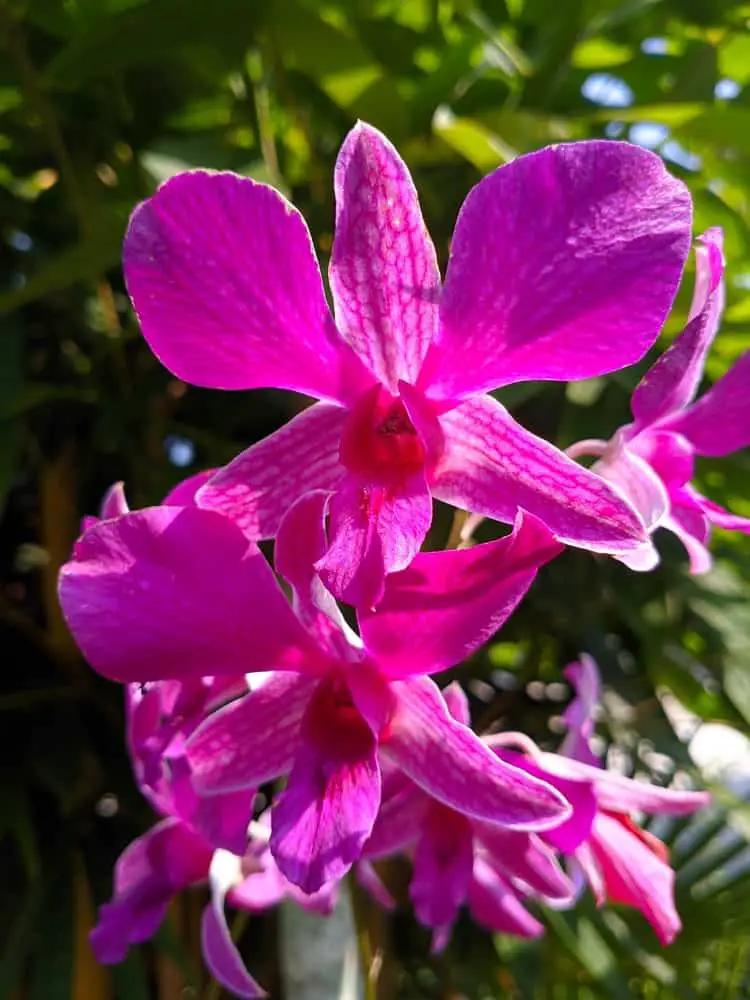
Orchids are the perfect choice for elegant interiors, and from all species, moth orchids are perfect for growing in water vases.
Like the wax plant, moth orchids are epiphytic plants and adapt to hydroponic growth. However, don’t transfer a moth orchid into a water vase if it has already adapted to a potting medium. Start with a newly bought plant and place it directly in the water.
Unlike other hydroponic plants, moth orchids shouldn’t stay with their roots in water at all times. You should either create a watering cycle or add a layer of pebbles between the water and the orchid roots.
Top tip: Orchids are fuzzy plants, and each moth orchid will have its watering and medium preference (watering cycle or pebbles/water medium). Experiment to find out what makes your orchid thrive.
6. Monstera
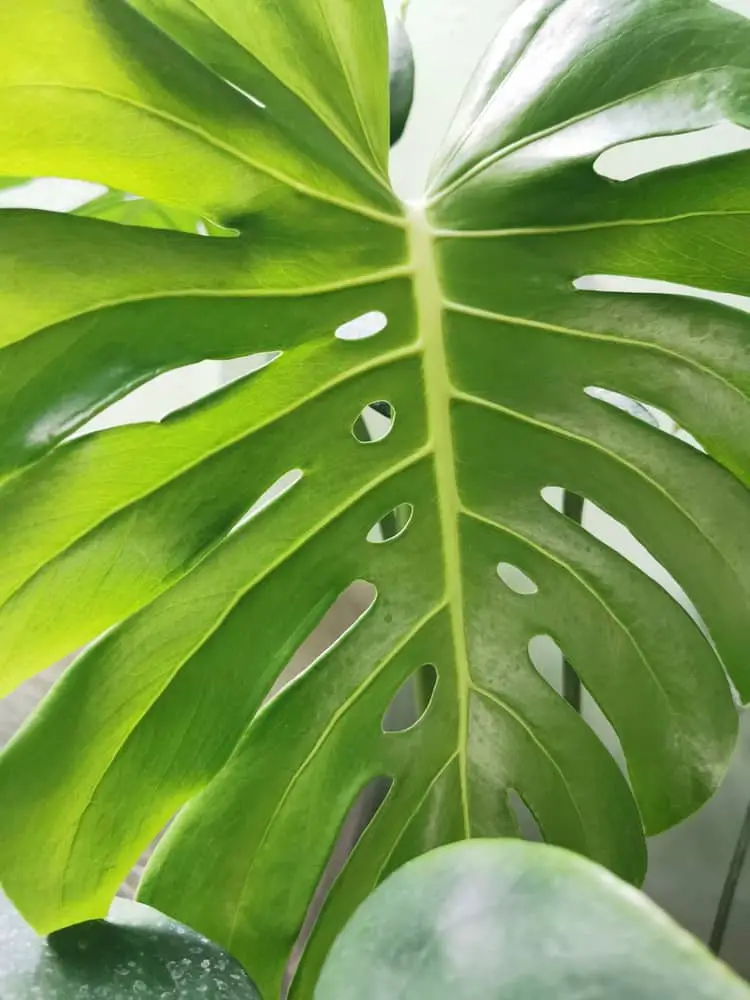
Also known as the Swiss cheese plant or split-leaf philodendron, monstera is one of the most Instagrammable leafy plants to have in your home.
Thanks to its tropical allure, you can often spot it in summer illustrations and design – often alongside fruity cocktails, pineapples, and flamingos.
Beyond its contemporary charm, monstera is an easy-going plant that can thrive in water indefinitely. You can start from a cutting or transfer a grown monstera from its potting medium (clean the roots thoroughly before transferring it into the vase).
Top tip: If you’re craving a unique arrangement, keep your hydroponic monstera in a freshwater aquarium. Fish waste will act as a fertilizer in this case.
7. Pothos
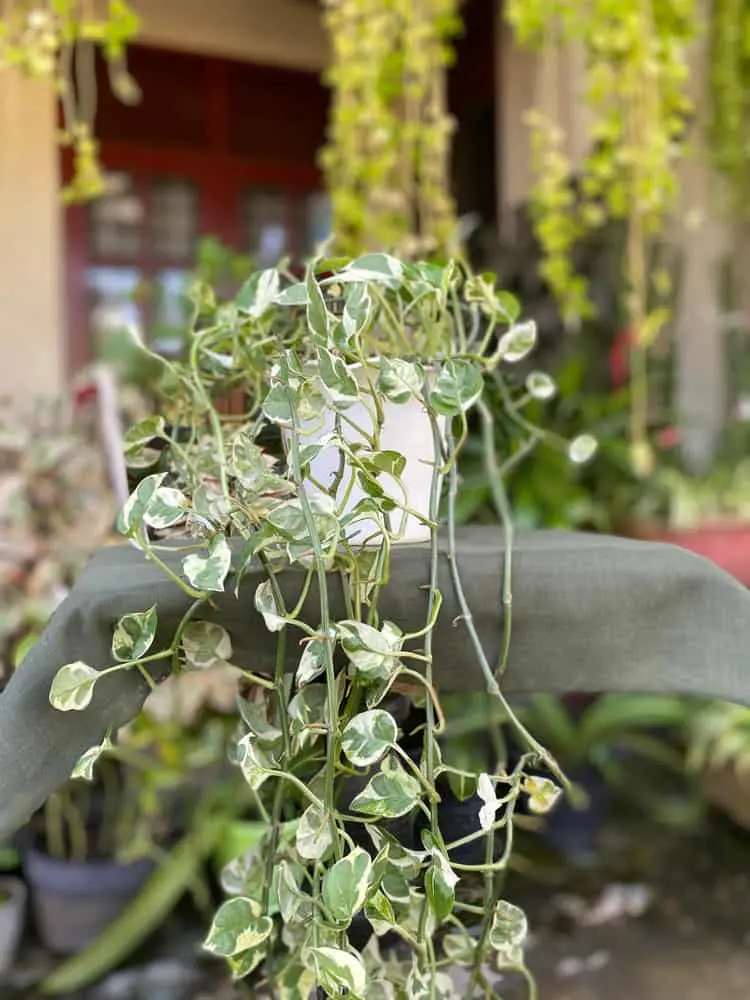
Sometimes called devil’s ivy, pothos is one of the most attractive indoor plants. Its green leaves splashed with lime-yellow patches can bring joy to an environment despite the lack of colorful flowers.
Newbie plant moms also love it for its adaptable nature. This plant can thrive in water and potting soil alike.
Another advantage is that the roots don’t need intense light when growing in water. Thus, you can keep it in either clear or colored containers.
Top tip: Pothos vines do well in relatively low light. This makes it the perfect houseplant to brighten up a darker room.
8. Dumb Cane
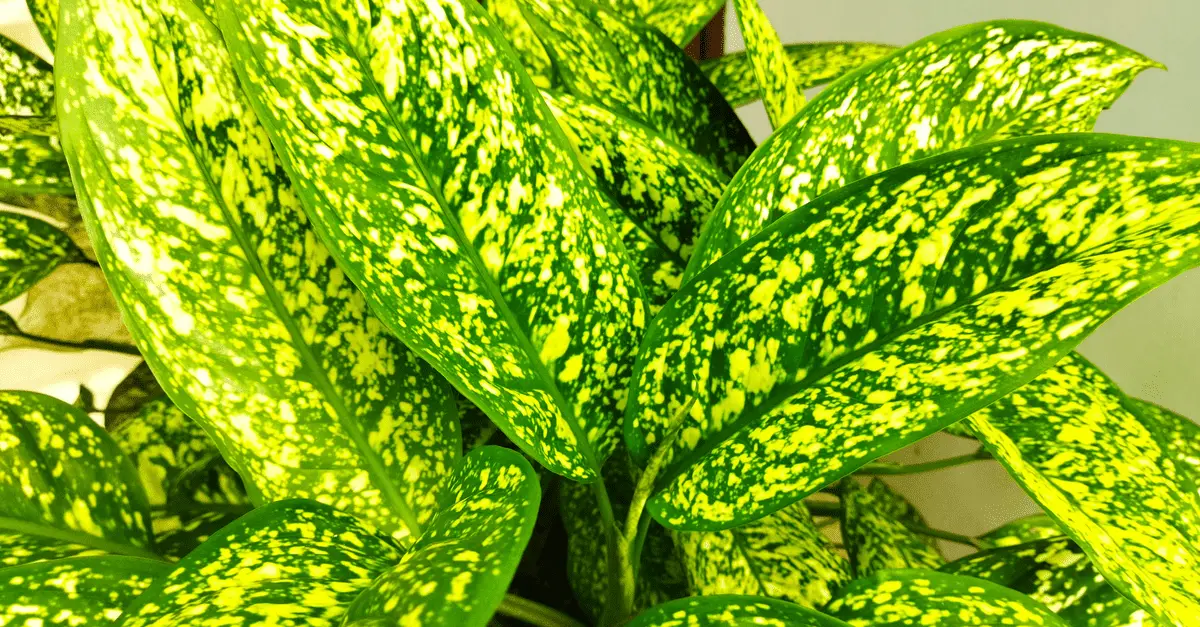
Dumb cane is another perfect choice if you like the green-yellow color combination but are a fan of regular patterns. This houseplant’s leaves have darker edges with lighter hues in the middle that make them look like they are bathed in sunlight.
Like pothos and devil’s ivy, the dumb cane is easy to grow in all mediums and propagate in water from a stem. You can even keep it in water indefinitely.
Place the pot in a bright spot but away from direct sunlight. For hydroponic growth, change the water regularly to refresh its oxygen content and prevent the growth of algae.
Top tip: For a contemporary appeal, grow a single dumb cane stem in a test tube, Florence flask, or graduated cylinder.
9. Coleus
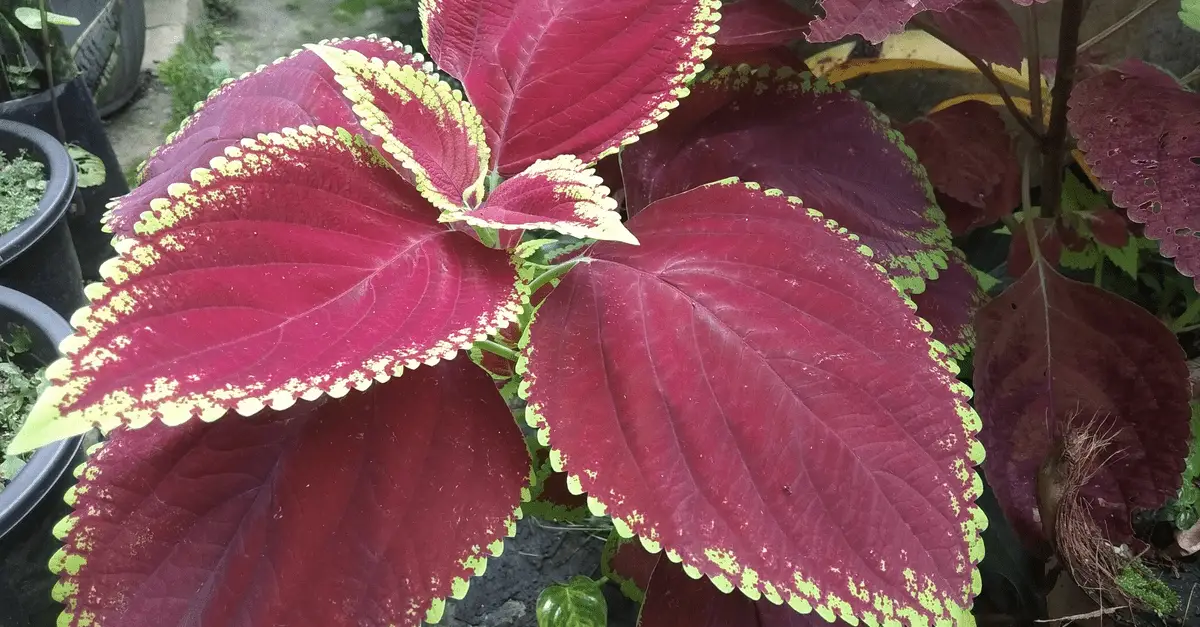
Coleus is another houseplant with ornamental leaves that grows in potting medium but that can adapt to hydroponic cultivation.
Start your water-grown coleus from a cutting. Keep it in a transparent vase placed in a sunny window but away from direct sunlight. Otherwise, the sun rays filtering through the glass can burn the roots.
Change the water frequently and add liquid fertilizer once a month. Also, keep an eye for the blooms. In coleus, blooming marks the start of the plant’s decline, so you should remove blossoms promptly to keep your plant alive.
Top tip: Choose your preferred color from the different coleus varieties. Options include bright purple, red, green, yellow, and multiple color combinations.
10. African Violet
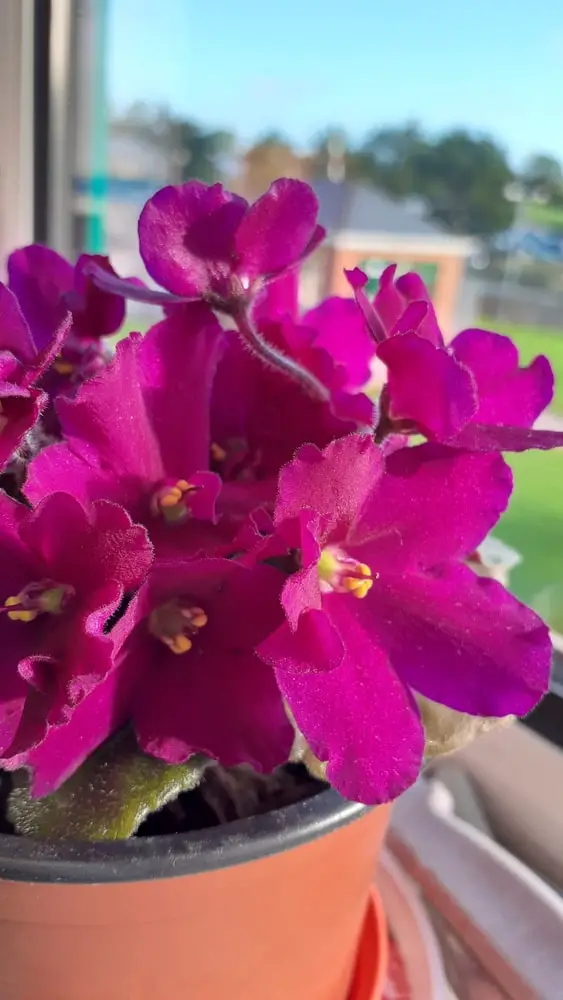
If you have ever had an African violet before, you might know plant experts and gardeners recommend avoiding overwatering or keeping it in water for extended periods of time. What you may not know is that African violets are easy to propagate in water from cuttings.
Sure, you’ll have to transfer the new plant to appropriate soil after it roots. But in the meantime, you can use the cuttings to decorate your home.
Place the cutting in a decorative vessel in such a way that only the stem gets in the water, and the leaf stays dry. Keep the cutting in a bright location and watch the roots form over the next three to four weeks.
Top tip: You can propagate several cuttings in the same vessel and create arrangements with the leaves, more or less in the same way you would with flower blossoms. Don’t forget to transfer the African violets in pots once they have developed roots.
11. Rubber Plant
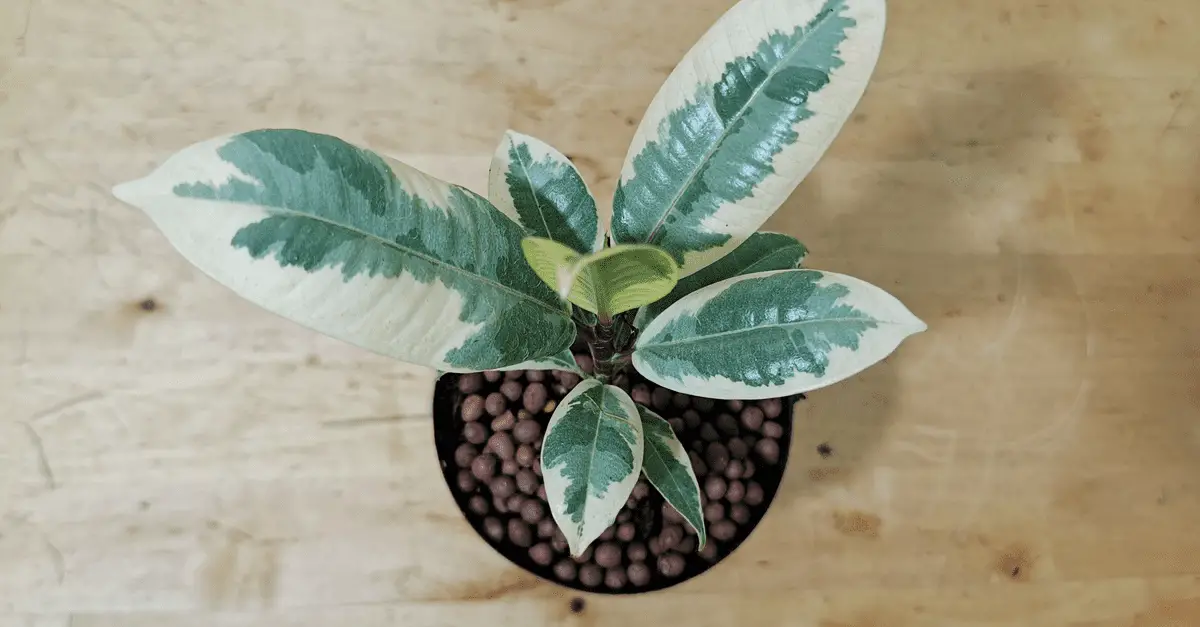
Rubber plants are similar to African violets in that you won’t be able to keep them in water indefinitely. However, you can propagate it in water, decorating your home with the vase until the cutting roots.
All you need is a rubber plant branch to propagate. Prune it right above the leaves and submerge the stem in water. The leaves can be partially submerged, but it is recommended to keep them out of the water completely if possible.
Place the jar in a spot where it gets plenty of indirect sunlight. A coffee table or desk near a window would be best for both light exposure and decorative purposes.
Top tip: If your main purpose is to propagate a rubber plant, you can speed up the rooting process by keeping pothos and rubber plant cuttings in the jar.
12. English Ivy
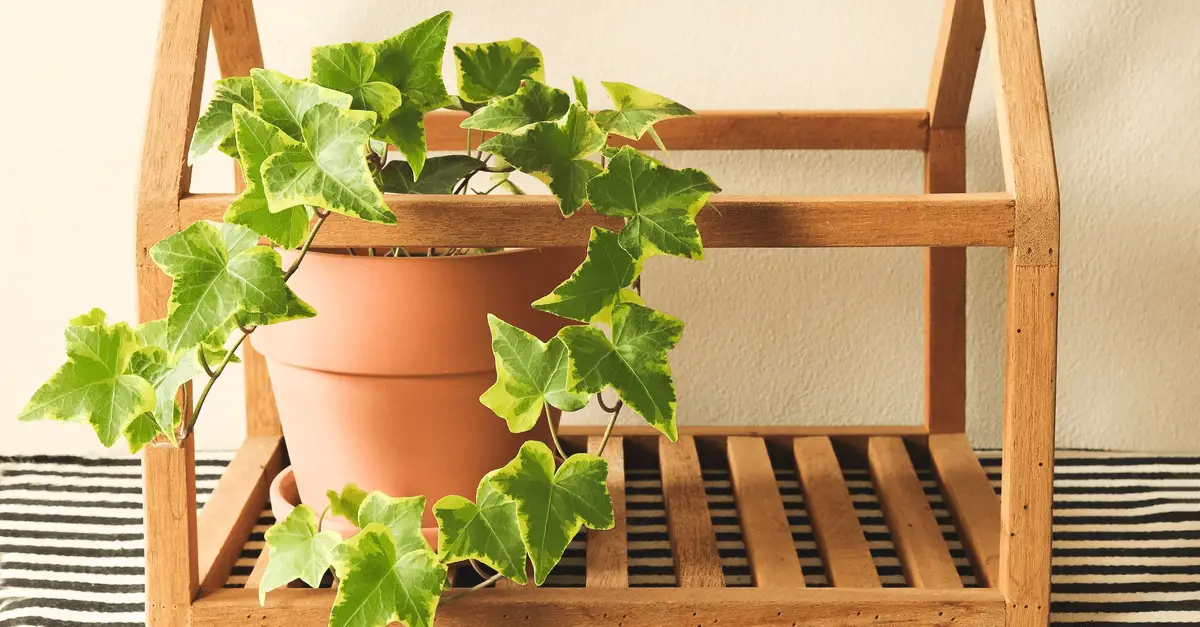
English ivy is one of those plants surrounded by mystery and associated with witchcraft and old castles. That said, it looks amazing in both outdoor and indoor settings, giving a country-chic feel to the space it embellishes.
Outdoors, the climbing plant is used in landscapes and gardens to cover walls or create a dense ground cover. Indoors, you can often spot it in flower arrangements but also grown in pots.
It is rare to see it growing in water vases. However, you can propagate it in water and keep it indefinitely in a vase once it roots. This makes English ivy a perfect choice for a unique water garden.
Top tip: English ivy is a low-care indoor plant, but so are other ivy varieties. If you want some color, you can grow English and Boston ivy together, either in the same or in separate water containers.
13. Wandering Jew
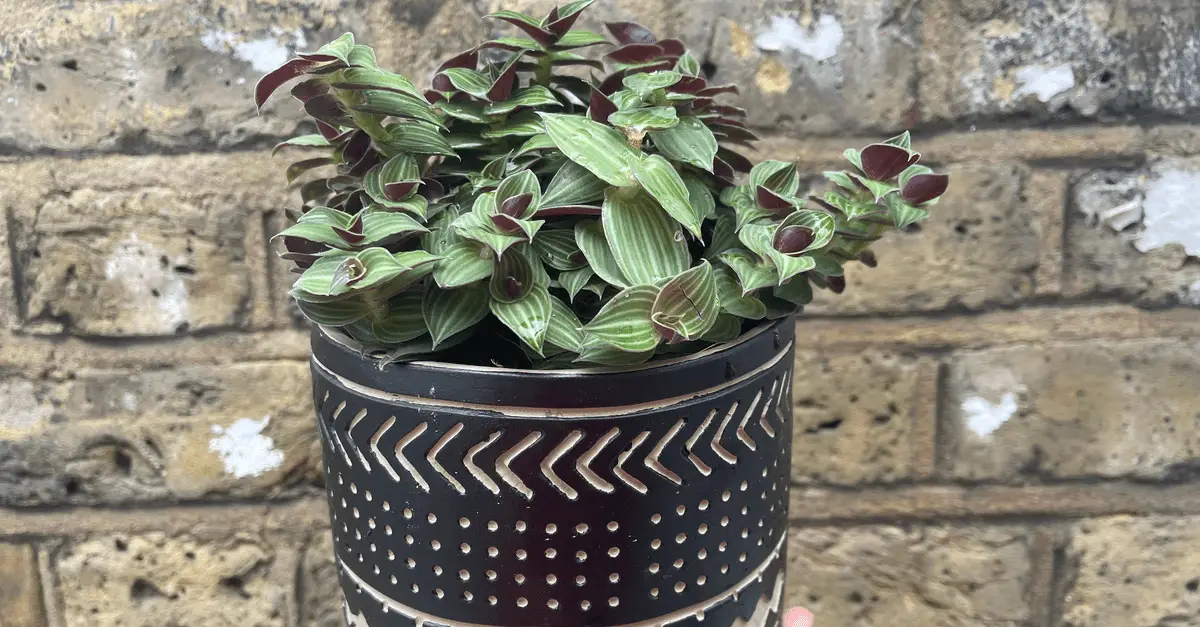
Wandering Jew joins the list of plants you can’t grow in the water forever. But who said you couldn’t enjoy its wonderful colors and textures for a while until the cuttings grow roots or die?
As long as you change the water regularly and add a few drops of fertilizer to the water, you can enjoy the beauty of this plant for several weeks up to a couple of months.
This plant looks fantastic on its own, but it is also perfect for arrangements. Once the cutting has grown roots, plant it in a pot and place it outdoors.
Top tip: Wandering Jew loves humidity and is perfect for keeping in naturally moist rooms, such as your bathroom – as long as your bathroom has a window, and the plant can bask in indirect sunlight.
14. Croton
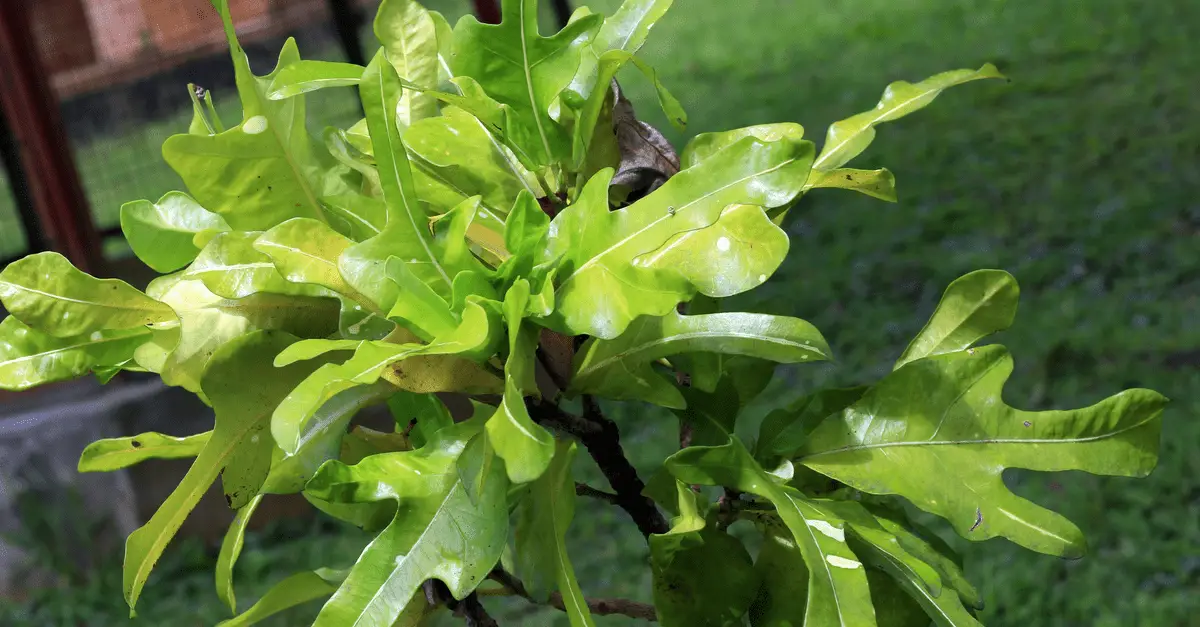
This small shrub used as a landscape plant in tropical climates is also one of the most sought-after houseplants. It rarely blooms indoors, but its foliage is decorative enough to make it a statement plant in any room.
To take houseplant decorating to the next level, you can even ditch the pot and keep croton cuttings in water vases.
Not only can you use this method to propagate the plant; croton can also grow in water indefinitely, in a water vase, or in a freshwater aquarium.
Top tip: Croton is one of the few houseplants that tolerate direct sunlight, but you should keep the glass container in the shade at all times. For instance, you could place the jar on a coffee table so that only the leaves bask in the sun.
15. Baby’s Tears
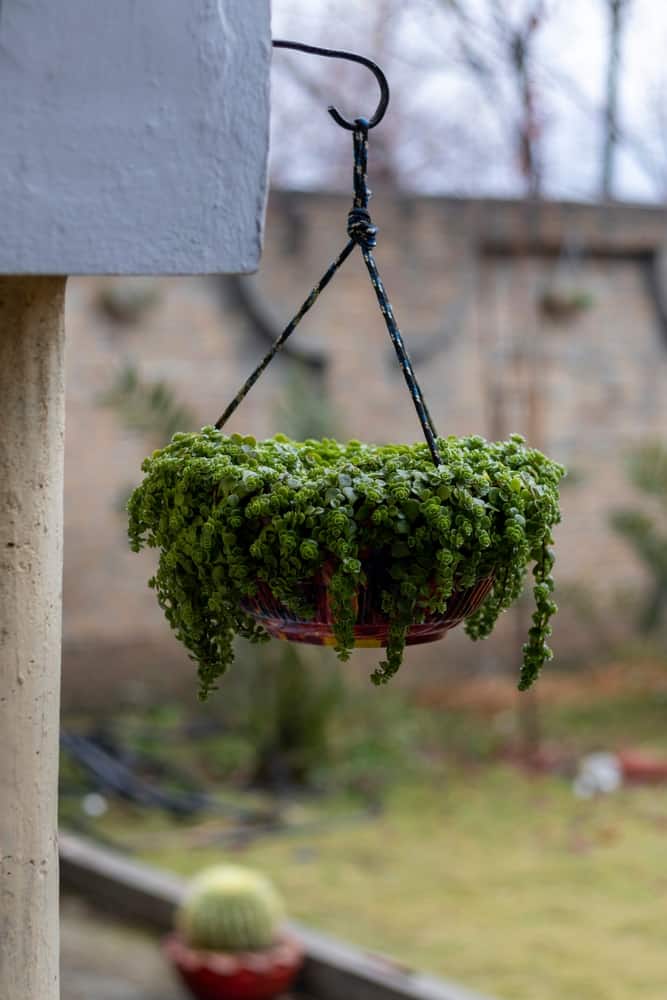
One of the most beautiful mat-forming tropical perennials, baby’s tears is one of the best houseplants to keep in a modern, minimalist interior. Its tiny green leaves look like fluffy moss in a pot or water vase.
That’s right because this is also one of the best houseplants for an indoor water garden. No doubt, the plant reaches its top visual appeal when kept in a white ceramic vase.
While the plant likes the sun, it also thrives in lower light conditions. To keep it indefinitely in a water vase, make sure to change the water regularly and only fill the vase enough to cover the roots, but not the stems.
Top tip: While the baby’s tears look beautiful in a ceramic vase placed on a side table or as a centerpiece on the dinner table, you can also hang it from the ceiling or a wall to decorate your entryway or staircase.
16. Begonia
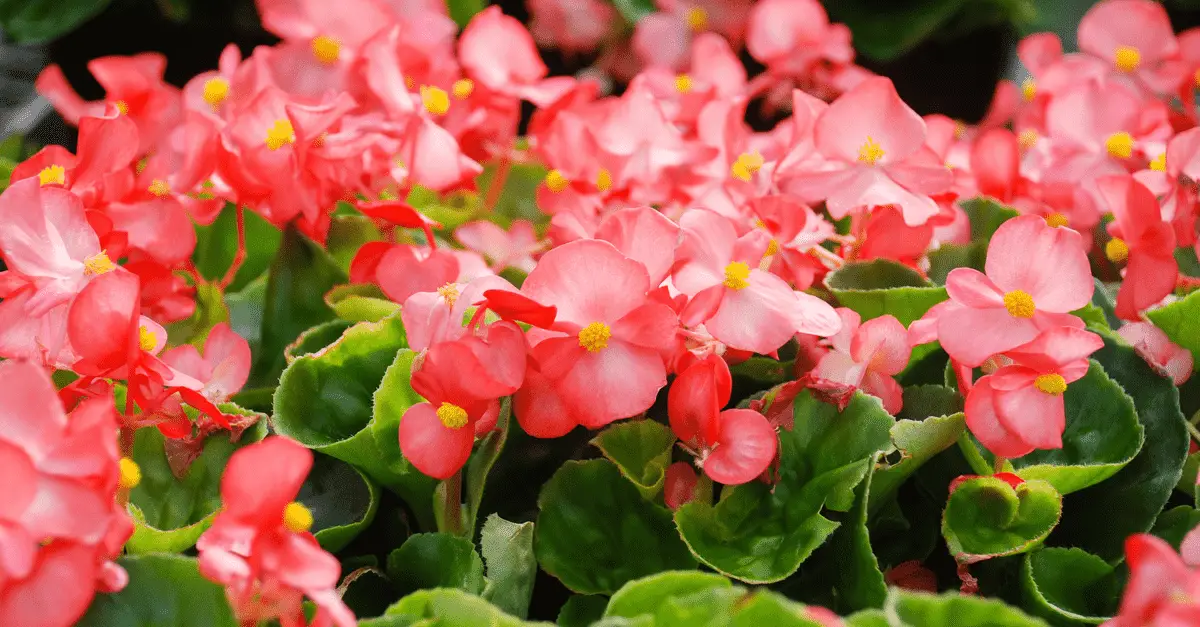
Like most succulents, begonias are adaptable plants that can thrive in water vases. Hydroponic cultures generally start from cuttings, with a single leaf being enough to start a new plant.
Growing begonias in a water garden is as easy as it gets. The cuttings require new water every three to five days and liquid fertilizer once a month.
Once it has established roots, begonias require clean water every seven to ten days or more frequently if the water gets cloudy.
Top tip: You can increase the chance of your begonia blooming by keeping it in direct morning or evening sunlight. However, begonias don’t like direct mid-day sun. The best placement is in a window facing east or west.
17. Impatiens
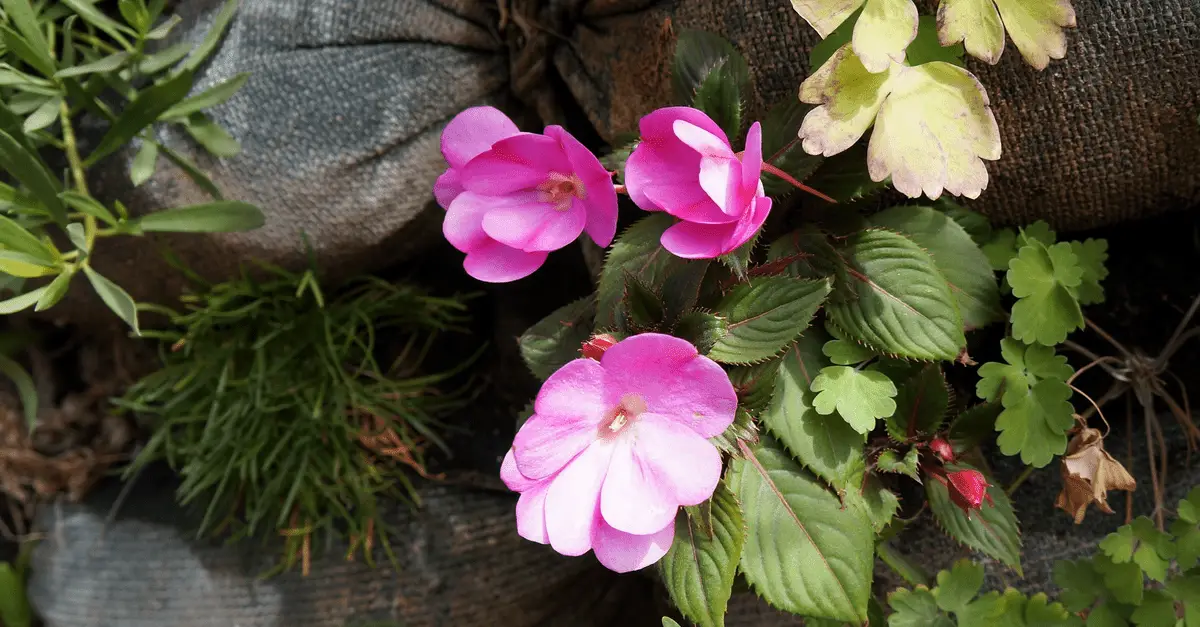
Often mistaken for African violets, impatiens are a staple in shaded gardens. They love water and humidity a lot, so they are often tricky to grow indoors. However, you can enjoy them indoors all winter long.
All you have to do is snip off a few stems in fall, at the end of the growing season. Place the cuttings in water vases and winter them indoors, in a bright room but away from direct sunlight.
Change the water weekly or more often if it becomes cloudy. Liquid fertilizer is also needed once a month. In spring, plant the new impatiens in the garden or in pots to keep them on the balcony or patio.
Top tip: To increase the visual appeal, keep a blossom on the stem when preparing the cutting for propagation. The plant will take longer to grow roots, but it will look amazing in your home.
18. Paperwhite
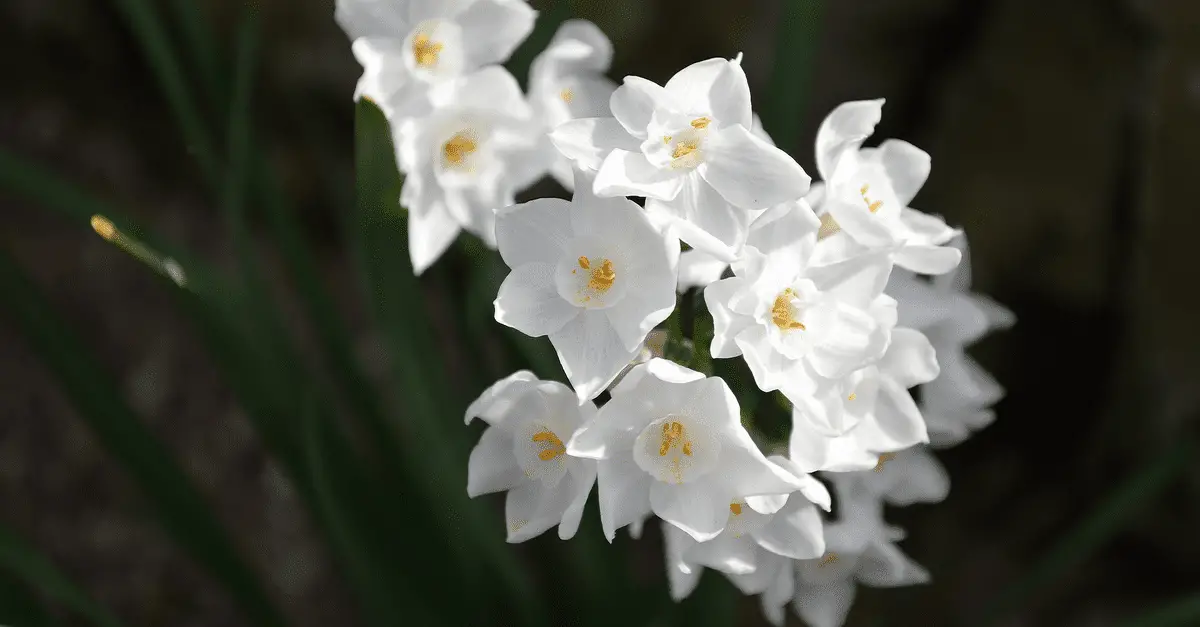
Owing their name to the superb white blossoms, paperwhite flowers are associated with gardens and ponds rather than the indoors. However, not only can you grow them indoors, but you can grow them indoors in water vases.
The only thing to remember is that the bulb shouldn’t be submerged in water. You can either use a specific vase that keeps the bulb above the water level or plant them with pebbles in a shallow dish.
In this case, the pebbles will soak the water and deliver sufficient moisture and nutrients to the bulb sitting on top of them. You can expect the bulbs to sprout and bloom in four to six weeks.
Tip top: Other narcissus varieties can be grown in water vases in the same way as paperwhites. This includes the bright yellow daffodils.
19. Heart of Jesus
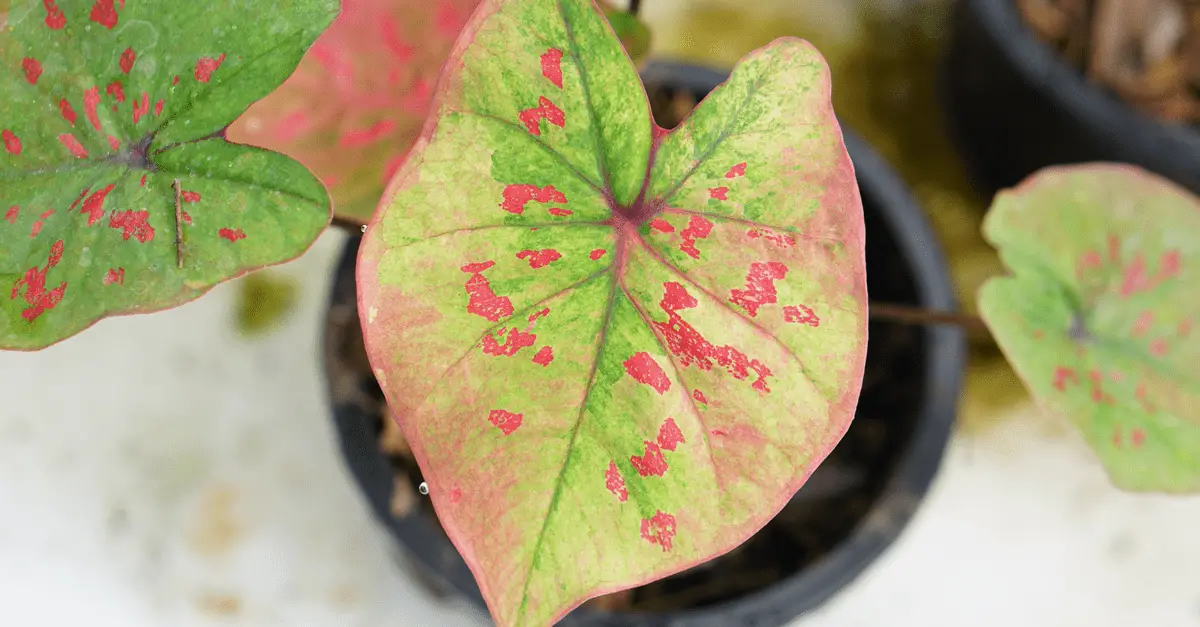
oved for its strikingly colorful foliage, the heart of Jesus favors humid and shaded environments. It generally grows outdoors, but it adapts perfectly to indoor hydroponic cultivation.
The best vessel type is a tall vase or jar. You can start the plant from tubers bought from a nursery or taken from an outdoor or potted plant.
Like philodendrons, the heart of Jesus is sensitive to chlorine. You can either use purified rainwater or let tap water sit in a jug overnight to get rid of as much chlorine as possible.
Top tip: Caladium looks extremely well alone, but they can enhance your indoor water garden when kept in the same vase with begonias or other blooming plants.
20. Lucky Bamboo
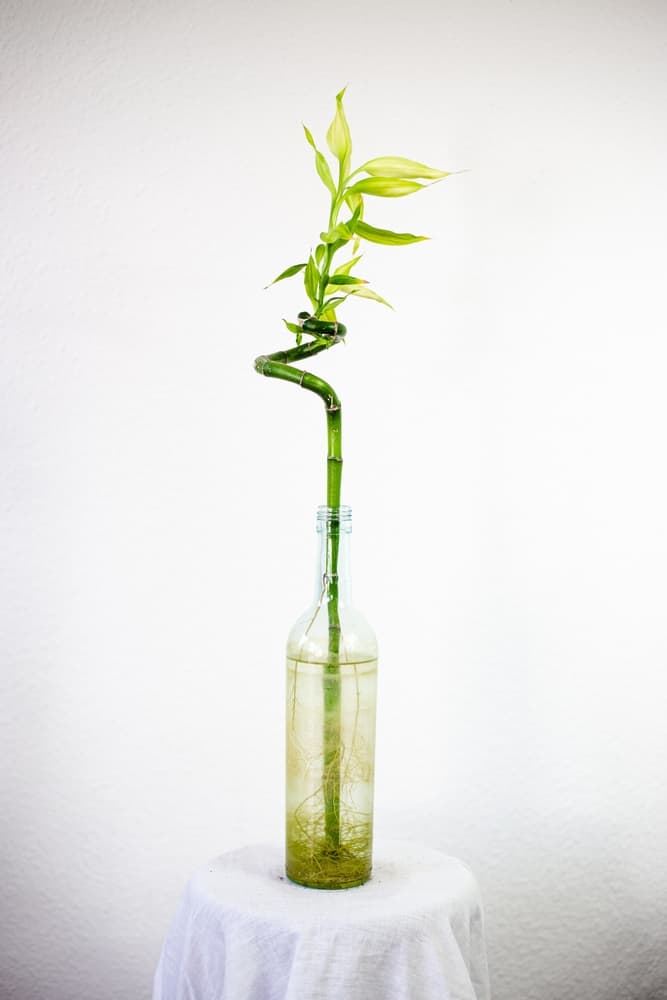
Native to Central Africa, lucky bamboo has nothing in common with real bamboo. Nevertheless, this houseplant is known to increase feng shui.
Whether you want to make it the centerpiece of your indoor Zen garden or keep it as a statement feature on your coffee table, lucky bamboo is easy to grow in water vases.
Choose a tall, cylindrical glass vase. Fill it with pebbles or water crystal gel, add water, and arrange one or more lucky bamboo stems. Keep the water clean, and you’ll be able to enjoy your beautiful plant for a long time.
Top tip: Water crystals are an excellent choice if you want to leave your plant unattended for longer periods (while you’re away on vacation, for instance).
21. Alocasia
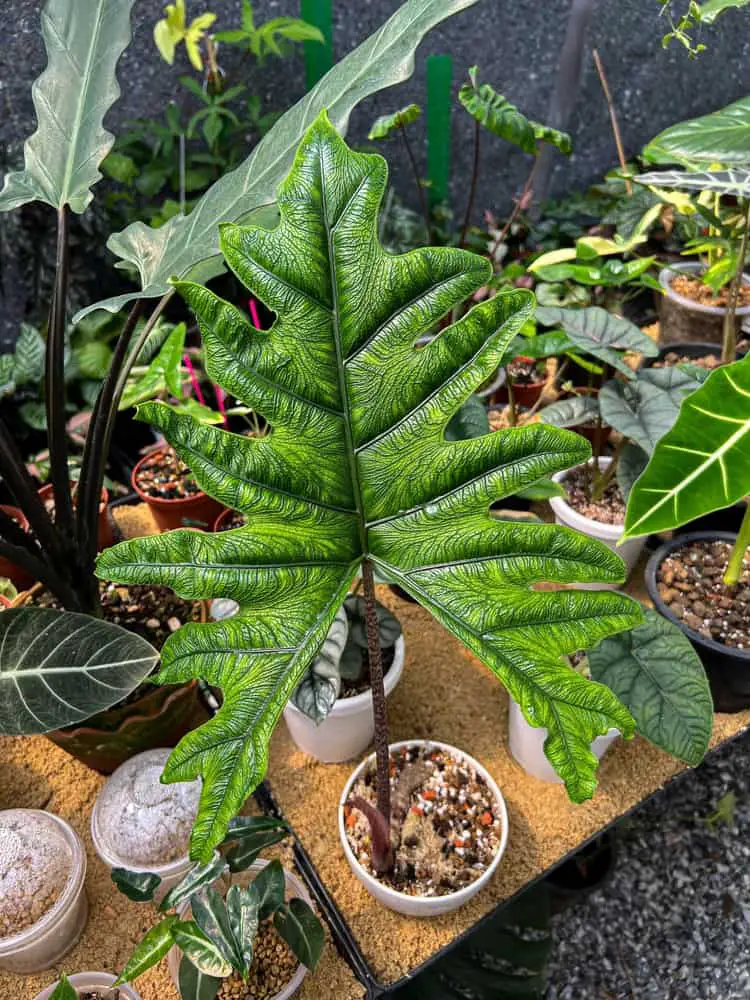
While a flowering plant, alocasia is mostly known for its decorative foliage. There are several varieties out there, but all of them thrive in water vases.
Growing alocasia in water starts with a stem and a leaf or set of leaves – in the same way as you’d start water propagation. Alternatively, you can move an established plant from a pot to a water vase if you can manage to clean all the soil off its roots.
Place the vase in a bright spot but away from direct sunlight. You can keep alocasia alone or pair it with other tropical plants.
Top tip: Alocasia’s root system is usually as spectacular as the foliage, so it is best kept in a clear glass vase. Alternatively, use a colored glass container.
